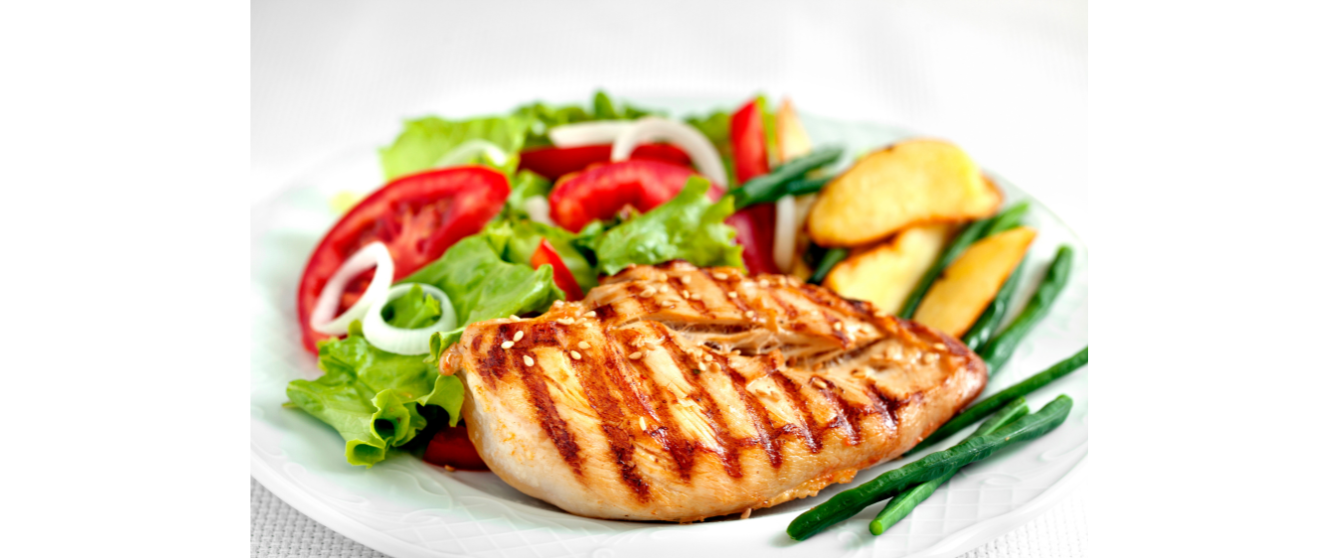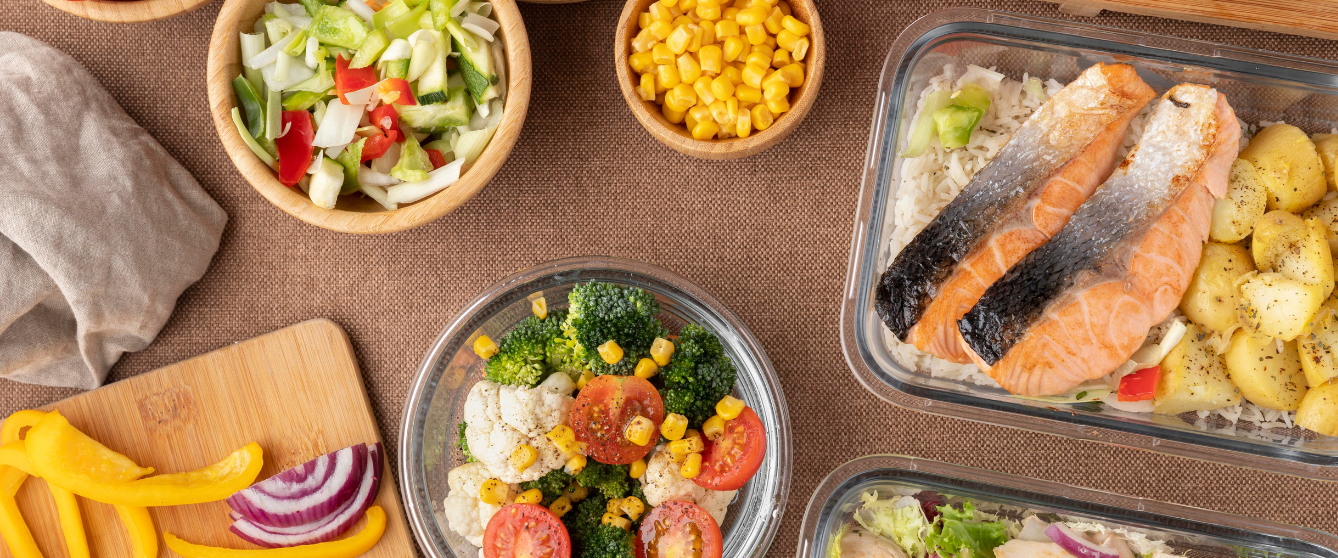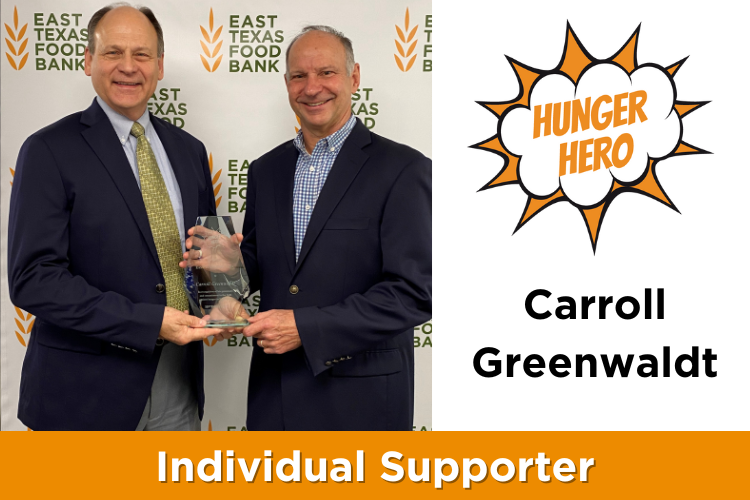12th Annual Charlie Brown Thanksgiving event returns to benefit the East Texas Food Bank
The East Texas Food Bank will hold the 12th annual Charlie Brown Thanksgiving event on Friday, November 11 at 5:30 p.m. at Bergfeld Park in Tyler.
The free event is open to the public. Snack bags with jelly beans, juice, pretzels, and popcorn will be distributed to children, while supplies last, to symbolize the goodies the kids had for their Thanksgiving meal in the Charlie Brown classic holiday special. The cartoon will be shown in the amphitheater and attendees are encouraged to bring blankets, chairs or seat cushions to make it an enjoyable experience.
“The Charlie Brown Thanksgiving is a great way for families to kick-off the holiday season,” said Dennis Cullinane, CEO of the East Texas Food Bank. “This event reminds East Texans about the true spirit of the Thanksgiving season and the needs of so many families impacted by hunger in our area. We are asking for donations of plastic jars of peanut butter. Peanut butter is high in protein and just one regular-size jar can make 16 sandwiches for a hungry family.”
Snoopy will make an appearance and children are welcome to take photos with everyone’s favorite beagle after the movie. Children can also enter a drawing to win a bicycle donated by Simpson’s Fitness and Adventure Sports in Whitehouse. The event is sponsored by Air Cybernetics, Inc., Chick-fil-A, Texas Bank and Trust and Vasso & Associates.







